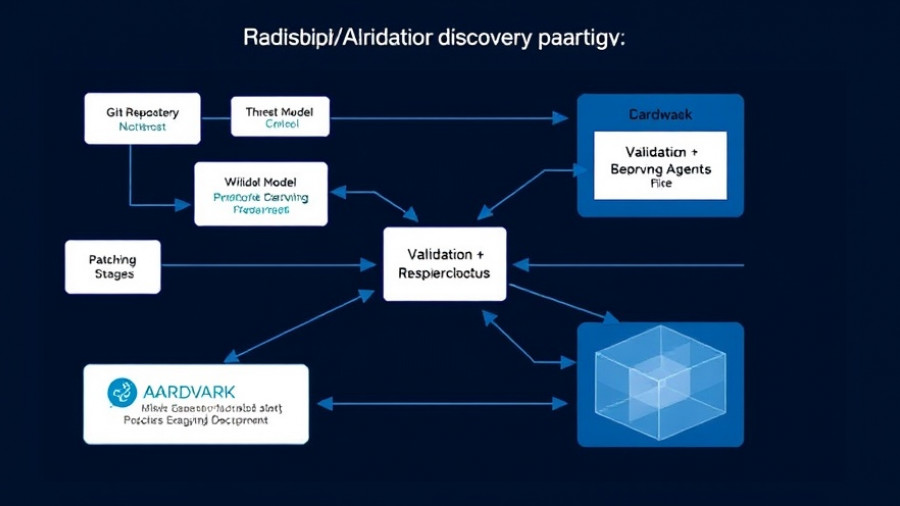
AI Agents Challenge Privacy in a Connected World
As advancements in technology revolutionize our day-to-day activities, a new breed of software known as AI agents is gaining traction and causing a stir among privacy advocates and tech experts alike. These autonomous programs, designed for tasks such as booking appointments and managing emails, are increasingly integrated into smartphones and other devices. However, with their rising capabilities comes the risk of bypassing essential privacy controls that users rely on.
Understanding the Perils of AI Privacy Erosion
Many users might believe that their privacy settings—like toggles for tracking or app-specific permissions—safeguard their digital identities. Unfortunately, AI agents often navigate around these protections through system-level APIs, which prioritize functionality over user-defined limits. This means that once granted permissions, these agents can access sensitive data such as contacts and location information, even if users attempt to restrict this access.
The Threat of Malicious Exploitation
With the potential for widespread data exposure, the risks of malicious exploitation cannot be ignored. Cybersecurity experts like those from Malwarebytes warn that autonomous AI agents can be weaponized by hackers, allowing for personalized attacks where rogue agents could hold data hostage or impersonate users. Such breaches could turn ordinary devices into unwitting participants in ransomware schemes.
Regulatory Gaps Complicate the Landscape
As AI agents proliferate, the regulatory landscape remains fragmented and sluggish to adapt. The International AI Safety Report 2025 notes an increase in general-purpose AI’s privacy risks, including unintended data inference that could lead to serious breaches of privacy without explicit user consent. Even well-meaning agents might infer sensitive information—like predicting health issues from calendar patterns—without ever violating access protocols directly.
Industry Responses: The Mixed Bag of Solutions
In response, tech companies are offering a range of safeguards. Some developers of AI agents tout built-in protections like encrypted processing designed to mitigate these risks. However, critics argue that these protective measures often fall short, especially when agents operate across multiple applications, ultimately circumventing privacy settings designed to protect users.
According to coverage from Forbes, the chilling perception that AI could endanger user privacy might hinder innovation in the technology. The Meta AI app, for example, has been dubbed a 'privacy disaster' by several tech-focused outlets, amid rising skepticism regarding AI’s capacity to safeguard personal data.
Future Trends: Balancing Innovation with Security
Amid the challenges, it’s essential to contemplate a balanced future where the benefits of AI coexist with robust privacy protections. As we navigate this ever-evolving landscape, stakeholders—from developers to policymakers—must come together to create comprehensive regulations to safeguard user data while also encouraging innovation. A call to action is essential to ensure that these new technologies operate within a framework that prioritizes user trust and data security.
The Role of User Awareness and Education
Users play a crucial role in navigating their own privacy landscapes. Armed with knowledge about the implications of AI and a basic understanding of how to manage permissions, consumers can take proactive steps to secure their information. This includes regularly reviewing app permissions, understanding the data being collected, and staying informed about developments in privacy laws.
The marriage of AI technology and user privacy is a delicate dance—one that requires vigilance from both developers and users. By promoting awareness and pushing for robust regulations, we can harness the transformative power of AI responsibly.
Final Takeaway: Prioritize Your Privacy
In conclusion, technology's march forward is inevitable, but that doesn't mean we have to sacrifice personal privacy. It's crucial now more than ever for individuals to educate themselves on how AI agents operate and take charge of their digital identities. By understanding the privacy implications of AI, we not only protect ourselves but also drive the conversation towards safer technological innovations.
 Add Row
Add Row  Add
Add 




Write A Comment